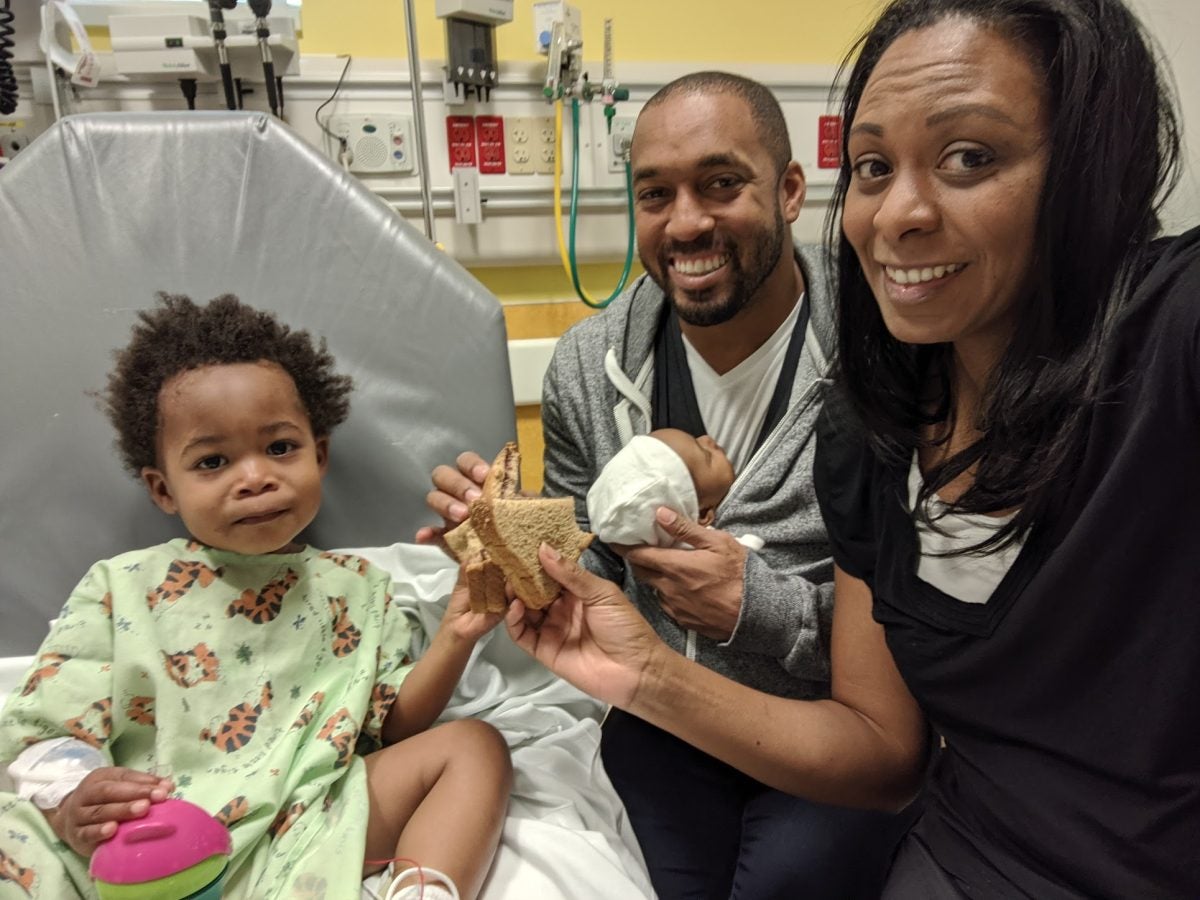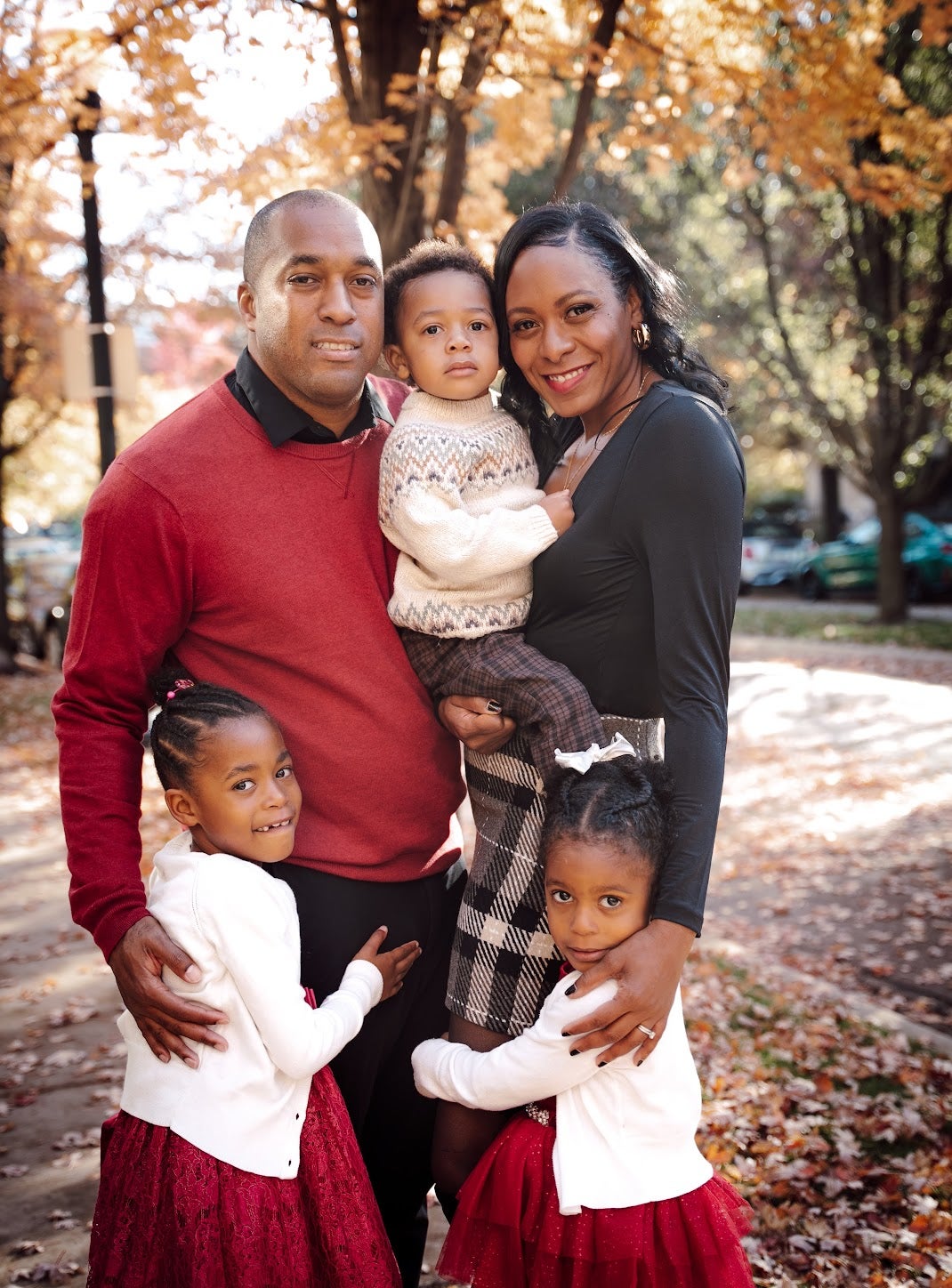
Today is World Sickle Cell Disease Day. The international awareness day is observed annually to increase public knowledge and an understanding of sickle cell disease and the challenges experienced by patients, their families, and caregivers. According to the CDC, Sickle cell disease (SCD) affects about 100,000 people in the United States; more than 90% are non-Hispanic Black or African Americans. The estimated life expectancy of those with SCD in the United States is more than 20 years shorter than the average expected. Sickle cell disease is an inherited blood disorder that affects red blood cells. People with sickle cell disease have red blood cells that contain mostly hemoglobin S, an abnormal type of hemoglobin.
Sometimes, these red blood cells become sickle-shaped (crescent-shaped) and have difficulty passing through small blood vessels. When sickle-shaped cells block small blood vessels, less blood can reach that body part. The tissue that does not receive normal blood flow eventually becomes damaged. However, the FDA approved a new sickle cell disease treatment in December 2023. The treatment is called Casgevy, the first medicine approved in the United States that uses CRISPR, a gene editing tool from Vertex Pharmaceuticals and CRISPR Therapeutics. In May 2024, a 12-year-old Black boy, Kendric Cromer, who suffered debilitating pain because of sickle cell disease, became the first patient in the United States to undergo a newly approved gene therapy.
Sickle cell disease has no specific age and affects children like Cali Cole, who was born with the disease and was miraculously cured at four years old, thanks to the help of her younger sister, who is now four. Kendra Cole shared with ESSENCE that her daughter Cali was born with sickle cell disease and received a bone marrow transplant on April 1, 2021, at four years old, curing her of sickle cell disease, thanks to a stem cell donation from her 18-month-old sister Reign (who we had through a year-long process of in-vitro fertilization). The family of five, Kendra, her husband, Lord Cole, and her three children (Cali, Reign, and Valor), bonded to brave through a timeline of medical events relating to sickle cell disease. In 2016, Kendra and Lord began family planning, knowing they wanted to grow their family. Through family planning, they decided to participate in genetic testing, where Kendra learned she had sickle cell trait.

In 2017, their first child, Cali, was born, and the family’s medical team at Lurie Children’s Hospital in Chicago, Illinois, informed them that Cali had sickle cell disease, which was determined through newborn screening. From 2017-2021, Cali experienced the following complications due to sickle cell include: Splenic sequestration, Multiple pain crises, Dactylitis, Acute chest syndrome, Extreme constipation, Kidney damage, and Abnormal TCD brain scan results. At the end of 2017, the Cole family feverishly checked the Be the Match bone marrow registry for a potential match and did not find one, so they decided to try another child via IVF to see if it could be a bone marrow match. In 2018, Kendra began the IVF process again, and Reign was born in 2019. In 2021, the Cole family decided to move forward with the bone marrow transplant via stem cell donation of Reign. While Reign and Valor don’t have sickle cell disease, they are susceptible to the trait.

Although now Cali is three years post-transplant with no complications and is living a happy, healthy life, sickle cell-free, her family remembers the toll sickle cell disease had on all of them. We spoke with Kendra to understand sickle cell disease’s impact on her, her husband, and her children.
ESSENCE: Can you speak to your experience as a caregiver?
Kendra Cole: There were so many moments where there were high highs and lows. Any person who any parent who has a child, you know, they love them with every ounce of your being. At the same time, I felt immense guilt for not knowing my trait status. I often thought to myself, how could I have decided to bring a child into the world and have her experience so much pain early on in her life? I think there were many times throughout those first four years of her life that I felt like I was almost operating in survival mode a little bit. I wouldn’t allow myself to be fully vulnerable with my daughter as her mother because I genuinely was just so afraid. But there were so many hospital days where I had to put on a brave face, be calm, and make these tough decisions within an emotionally charged atmosphere.
How can we be more of sickle cell disease in our community?
Sickle cell disease is an inherited blood disorder, so it’s not something that you can see. And pain is often subjective, right? So it’s painful to one person and may or may not be that painful to someone else.
Can you speak to the importance of Gene therapy?
I’ve been excited about many new developments, specifically gene therapy. Gene therapy is a great advancement in sickle cell disease care and curative options, and there just hasn’t been much movement on that in years.
How are you continuing to spread awareness?
I’m still active in my local Sickle Cell Disease Association of Illinois chapter, whether through the parent group or our annual awareness walk. I’ve also been in contact with several parents whose children want to undergo the bone marrow transplant process. I’ve connected with many families and just offered them our story, support, and checking in with them.
